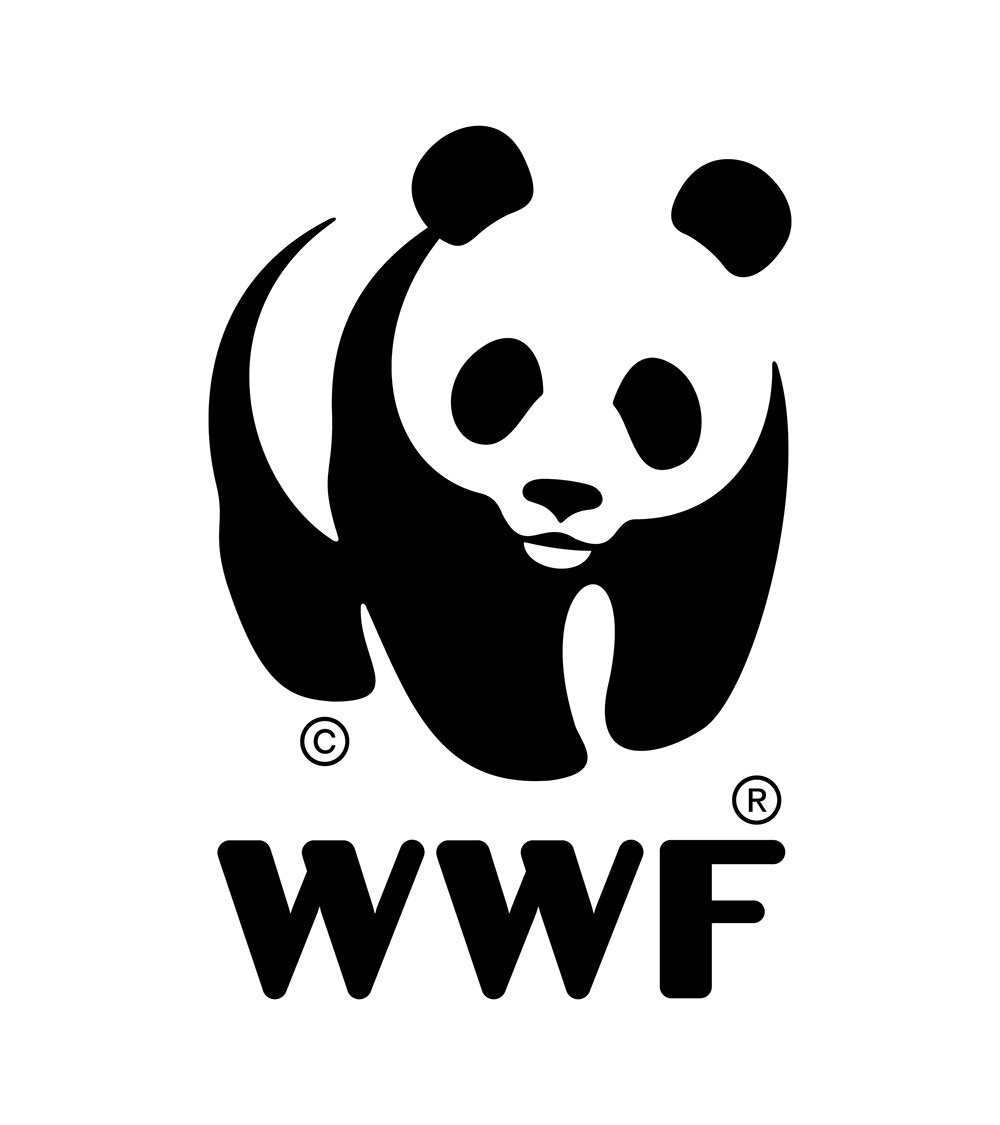Ambition amid a sea of paper parks
Harbour porpoise (Phocoena phocoena) stranded, after having been caught and drowned in fishing gear in Denmark. © Hannes Strager / WWF
On paper, the critically endangered Baltic harbour porpoise is protected. In practice, it’s a different story. WWF-Sweden’s Stina Nyström explains.
You’re unlikely to see them – few have. Harbour porpoises are notoriously elusive and shy. (For the record, they’re cute and compact, with rounded flippers and a pale grey belly.) In northern Europe’s Baltic Sea, the population residing permanently in Baltic Proper is also critically endangered, with only around 500 remaining. Yet the tragedy of this small whale’s near extinction has been unfolding in plain sight for decades.
As far back as 1976, scientists warned the International Council for the Exploration of the Sea (ICES) – the world's oldest intergovernmental science organization – that the harbour porpoise was endangered in Swedish waters, especially in the Baltic Sea. Since then, European porpoises, including the unique population in the Baltic Proper, have been covered by several international conventions and agreements and protected under European law. On paper, it’s a life-line. In practice, these protections are failing due to political inertia and public disinterest.
“Baltic member states (Sweden, Finland, Estonia, Latvia, Lithuania, Poland, Germany and Denmark) have failed to implement conservation measures,” says WWF-Sweden’s Stina Nyström, who works to protect whales and dolphins worldwide. “It’s simply not a prioritized issue, they don’t get punished for not following through, and economic interests – such as shipping and offshore wind energy – take precedence over nature conservation.”
Stina Nyström, WWF-Sweden.
Nowhere is this political inertia more evident than within the network of marine protected areas (MPAs) created to safeguard a range of habitats and species within the Baltic Sea, including the Baltic harbour porpoise. Like national parks and nature reserves that protect important habitats and species on land, MPAs are crucial for conserving and restoring the health of ecosystems at sea if – and this is the crucial point – they’re managed well.
When a portion of the sea is well protected, with actively enforced restrictions on fishing or shipping activity for example, marine life thrives again. When these areas lack management plans or management measures are poorly implemented, they’re little more than ‘paper parks’. Sadly, several of the latter are floating around in the Baltic – something WWF is working hard to change.
Several different designations qualify as MPAs in the Baltic region, among them HELCOM (Baltic Marine Environment Protection Commission) MPAs to protect Baltic biodiversity, EU marine Natura 2000 sites to protect specified habitats and wildlife of European importance, internationally important wetland or Ramsar sites under the Ramsar Convention, UNESCO biosphere reserves and national parks and nature reserves protected under national legislation.
“We need more of these MPAs in the ‘right places’ – where the conservation need is most urgent and where the potential for their contribution for humans and wildlife at its highest. With well-designed and managed MPAs, and especially networks of such areas, we can boost the health of ecosystems and help turn around the downward trends of marine biodiversity,” says Nyström.
The challenge is urgent, with threats to the harbour porpoise escalating in the Baltic Sea, most notably from by-catch in fishing gear, but also from pollutants, habitat deterioration and disturbance created by underwater noise from off-shore wind farms (some even proposed for construction within ‘protected’ areas) and shipping. The Baltic is one of the world’s busiest seas, with maritime activities from every sector occurring here, with the number of ships plying the Baltic predicted to double between 2020 and 2030. Even a single death could have a devastating impact on the ability of the population to recover, or even stabilize.
“There’s enough knowledge to act – we know what we should do – but the critical question now is ‘how’ best to do it,” says Nyström, who is working on the answers as part of a workshop for managing MPAs for small cetaceans, supported by WWF-Sweden and WWF-Germany, among others, under the auspices of ASCOBANS, a regional agreement on the conservation of small cetaceans of the Baltic, North East Atlantic, Irish and North Seas.
“We’re sharing experiences on approaches to MPA management to present clear, well-formulated conservation objectives for small cetacean MPAs, as well as a toolbox of innovative practical conservation measures, which we’ll present to policymakers. Attending are experts on both the species and the threats as well as the managers from Baltic states responsible for implementing conservation measures. We’re keeping it ambitious and focusing on the positive.”
Ambition and positivity are both desperately needed at this critical moment for the harbour porpoise. So is people power. “Awareness of the porpoise and its plight is low and there’s no people’s movement across the Baltic to save them,” says Nyström, but as awareness grows, it will be key to shifting political apathy into positive action.
Nyström is one of the few people who have seen these beautiful animals in Swedish waters, and she’s keenly aware of their intrinsic value. “I feel more determined than anything, and want to contribute through my professional role, as I’m in a unique position to make a difference. Also, as a Swede, I’m embarrassed that in this developed part of the world, with all these regulations and frameworks in place, that we can’t do better.”
“I support work with other cetaceans around the world that are also critically endangered, but this one, this animal, is close to me here in Sweden, and it’s close to my heart.”
Links:
For more information about the ASCOBANS MPA workshop for managing MPAs for small cetacean, download the report (PDF).



